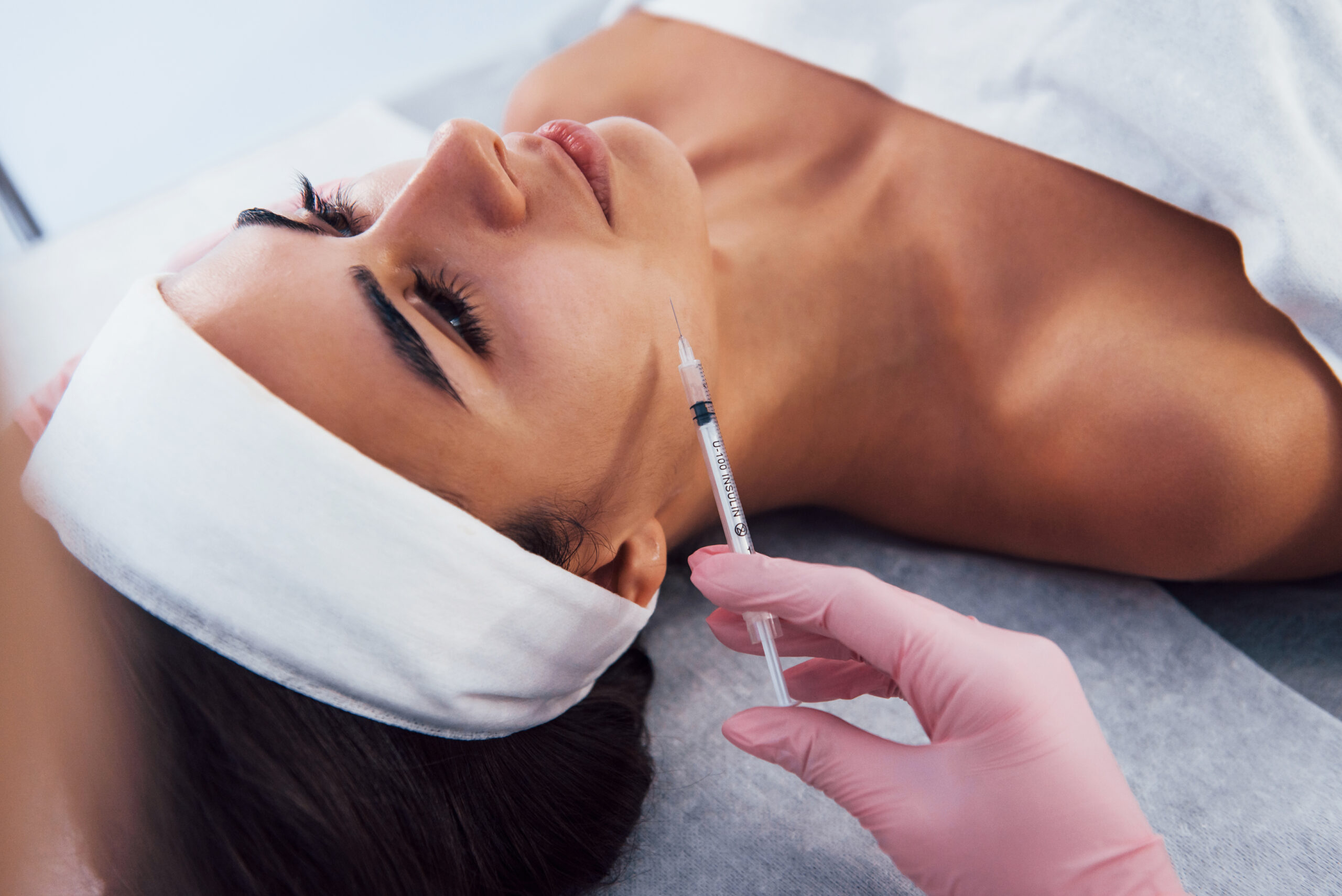A New Era in Skincare
In recent years, there has been a significant shift in the world of cosmetic dermatology. While Botox was once primarily associated with mature adults looking to reduce visible wrinkles, a growing number of individuals in their 20s and 30s are now turning to it as a preventative measure. This movement has sparked discussion, curiosity, and even skepticism, especially as more people consider botox treatment for face as part of their early skincare regimen.
What Is Preventative Botox?
Understanding the Basics
Preventative Botox refers to the use of Botox injections before the formation of deep wrinkles or fine lines. Unlike traditional Botox, which is typically administered after aging signs have become apparent, this approach aims to prevent those signs from ever appearing.
Botox works by temporarily paralyzing the underlying facial muscles responsible for repetitive expressions, such as frowning, squinting, or raising eyebrows. Over time, these expressions can create permanent lines. Preventative Botox restricts the muscle movement early enough to keep the skin smooth for longer.
The Logic Behind Early Use
You might wonder why someone with smooth, youthful skin would consider such a procedure. The logic is surprisingly sound: by limiting muscle activity in the most wrinkle-prone areas, younger individuals are essentially training their faces to avoid making the movements that lead to wrinkles in the first place.
By taking this proactive route, many believe they are investing in their long-term appearance. Think of it like wearing sunscreen before going out in the sun—it’s all about protection.
Why Millennials and Gen Z Are Embracing Botox
Skincare Literacy
Today’s young adults are more skincare-savvy than ever. From TikTok routines to dermatologist-backed Instagram advice, skincare has become a mainstream conversation. This rise in skincare literacy has naturally extended to cosmetic procedures.
Many people in their 20s and 30s are not only aware of Botox, but they also understand how and why it works. Armed with information, they are more comfortable making informed choices about their appearance and long-term skin health.
The Influence of Social Media
Social media has played a monumental role in shaping beauty ideals and routines. With the rise of influencers and aesthetic trends, smooth, glass-like skin is highly coveted. Platforms like Instagram and YouTube often showcase before-and-after Botox results, making the treatment feel both aspirational and attainable.
In a world of selfies and video calls, facial appearance is always under the microscope. Botox becomes a tool not just for beauty, but for confidence.
Shift in Beauty Standards
Historically, cosmetic procedures were often considered taboo or vain. But the narrative has shifted. Today’s beauty standards are more inclusive, personal, and empowering. Choosing to undergo Botox or skin pigmentation treatment is viewed by many as a form of self-care rather than vanity.
Millennials and Gen Zers prioritize wellness in a broader sense—one that includes mental well-being, physical health, and how they feel about their appearance. Botox fits into this holistic picture for many.
Areas Commonly Treated with Preventative Botox
While Botox can be used in various areas of the face, certain zones are more common among younger individuals:
Forehead Lines
Even in your 20s, horizontal lines can begin to form across the forehead. Preventative Botox can stop these lines from becoming etched into the skin.
Frown Lines (Glabellar Lines)
These vertical lines between the eyebrows often develop from squinting or frowning. Early Botox helps soften the area and prevent deep creases.
Crow’s Feet
The delicate skin around the eyes is one of the first to show signs of aging. Preventative Botox in this area can maintain a bright, youthful look.
Brow Lift
A subtle lift using Botox can open up the eyes and create a more refreshed appearance, even for those who don’t yet show signs of aging.
Is It Safe to Start Botox in Your 20s?
This is one of the most frequently asked questions by those considering preventative Botox. The short answer is: yes, when administered by a qualified professional.
Botox has a long history of safe use, with FDA approval dating back to 2002 for cosmetic purposes. The doses used for preventative measures are typically lower than those for corrective purposes, minimizing the risks even further.
Still, it’s essential to approach Botox with the same caution as any medical procedure. Choose a licensed practitioner, ensure proper consultations, and avoid clinics that promise instant results without thorough evaluation.
Potential Drawbacks and Myths
“You’ll Become Dependent on It”
A common myth is that once you start Botox, you’ll be forced to continue forever. The truth is that Botox wears off after about 3 to 6 months. If you decide to stop, your face won’t suddenly wrinkle more than it would have naturally. Your muscles will simply return to their original state.
Cost Considerations
Botox isn’t cheap, and preventative treatment can mean multiple visits a year. However, many argue that spreading treatments over a longer time frame (starting early) may actually reduce the amount needed in later years, ultimately balancing the cost.
Expression Loss
When performed properly, Botox should not leave you expressionless. Skilled injectors target only the necessary muscles, preserving your ability to express emotions while minimizing wrinkle formation.
Complementary Treatments to Preventative Botox
For the best results, many people combine Botox with other skincare and cosmetic treatments. One popular choice is skin pigmentation treatment, which helps even out skin tone and reduce discoloration from sun damage, acne scars, or hormonal changes.
By addressing pigmentation alongside wrinkle prevention, individuals create a comprehensive anti-aging routine that enhances overall skin texture and brightness.
Other complementary treatments include:
- Chemical peels
- Microneedling
- Laser resurfacing
- Hydration-based facials
Preventative Botox is just one part of a modern skincare approach focused on longevity and natural results.
Preventative Botox: A Smart Investment?
From a financial perspective, preventative Botox may seem like an ongoing expense. However, many users view it as an investment in their long-term appearance. By preventing deep wrinkles, they may reduce the need for more aggressive—and costly—procedures later in life.
Moreover, starting early with light doses may reduce the frequency and intensity of future treatments. It’s a bit like maintaining a car; regular tune-ups can prevent expensive repairs down the road.
A Mental Health Boost?
We can’t overlook the psychological component. For many individuals, looking good directly impacts how they feel. Whether it’s improved self-esteem in social settings or confidence in professional environments, Botox has the potential to positively affect emotional well-being.
Of course, self-worth shouldn’t depend solely on appearance. But when used thoughtfully, Botox can help individuals feel more comfortable in their skin—literally and figuratively.
Final Thought
Preventative Botox is no longer a hush-hush secret for celebrities or the ultra-rich. It’s now part of a broader conversation around self-care, skincare education, and body autonomy. For individuals in their 20s and 30s, it represents a proactive step toward maintaining a youthful, vibrant appearance for years to come.
It’s not about chasing perfection—it’s about preserving confidence. Whether combined with a strong skincare routine or treatments like skin pigmentation treatment, Botox can be a valuable tool in the wellness toolkit.
As always, consult with a qualified provider, understand the procedure, and make the decision that feels right for you. Aging is inevitable, but how we approach it is entirely up to us.
botox treatment for face and related aesthetic choices should be guided by personal goals, not societal pressures. And if you’re curious about getting started, you’re certainly not alone. A generation of smart, informed users is already leading the way.



